Oxytocin is a hormone that plays a key role in feelings of love, friendship, trust, and loyalty. It can be stimulated by physical contact and acts of service. When we do something kind for someone without expecting anything in return, the reward is emotional rather than transactional, our bodies release oxytocin, making us feel good. This hormone not only benefits the giver but also the receiver, who experiences similar positive feelings. The more oxytocin we have, the more inclined we are to be generous, which helps foster social bonding. This is nature’s way of encouraging us to take care of one another, kindness begets more kindness.
What’s particularly interesting about oxytocin is that even witnessing or hearing about acts of generosity can trigger its release. I think that storytelling about kindness can be nearly as impactful as the act itself. Shared hardship can also produce oxytocin, strengthening bonds between people who face adversity together. This is why soldiers often feel a deep connection with one another or why families become closer after enduring a tragedy. However, in Western societies, many struggles are experienced individually, and without the support of a community, these hardships can intensify feelings of loneliness and despair, rather than fostering connection. Contact me via e-mail if you are feeling isolated, anxious, worried or stressed?





















